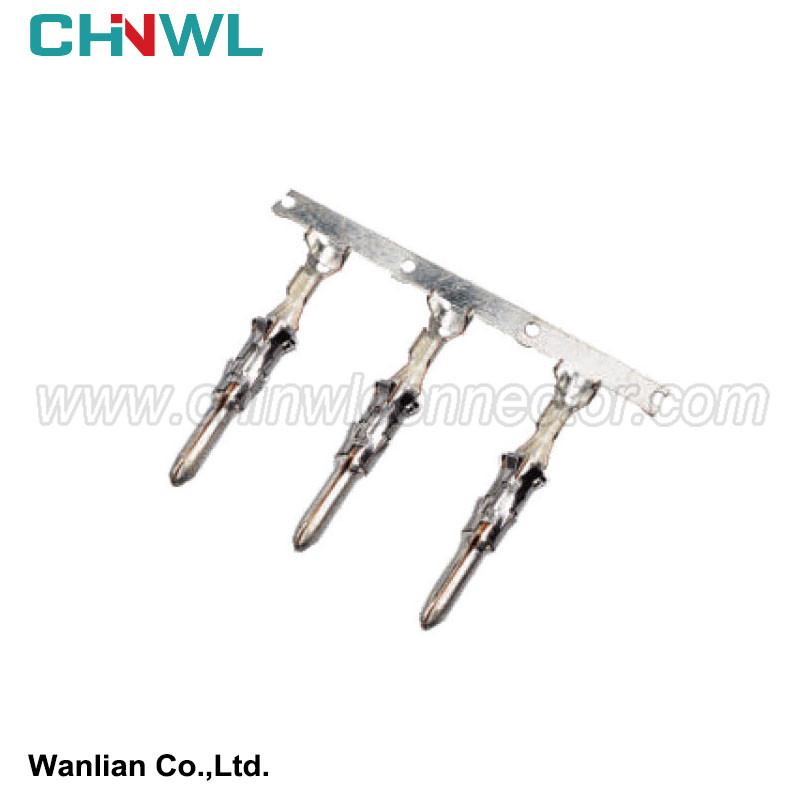

CHINWL #:
Mfr. #: DJ213-3
|
Wanlian part number: |
|
|
|
Original number: |
|
DJ213-3 |
|
Gender: |
|
Male |
|
Specification: |
|
Copper Alloy, Brass, Phosphor Bronze, Nickel. |
|
Type: |
|
Terminal |
|
TUV, TS16949, ISO14001, ISO 9001, RoHS conform: |
|
Yes |
|
MOQ: |
|
No minimum order quantity |
|
Supply sample: |
|
Yes |
|
Customized drawing with Decal, Frosted, Print are available as request |
|
Yes |
|
Payment method: |
|
We accept Paypal, TT, Alipay, West Union etc. |
|
Transportation method: |
|
Air Transport: UPS, DHL, FEDEX etc; Sea Transport; Railway Transport; Freight Forwarding etc. |
|
Production Capacity: |
|
1000000pieces/Month |

5 Principles for merging and sharing fuses
In the previous content, we have introduced the working mechanism of the fuse, the type of the fuse, and the selection method of the type and capacity of the fuse. However, with the development of automobiles, there are more and more functional configurations on the automobile. It is impossible for us to design separate insurance for each power circuit of each electrical appliance. If we do this, it will inevitably greatly increase the cost of the entire vehicle. The wiring harness costs and weighs, and is not necessary. Based on this, we need to merge fuses, but the merging of fuses cannot be taken for granted. So which parts can share fuses and which ones must be protected separately? What are the principles for selecting fuses for merging? How to merge fuses is what we want to focus on, which is a very important part of the matching design of fuses.
Clarify the purpose and considerations of fuse merging
Before carrying out the merged/shared design of fuses, it is necessary to clarify the purpose and significance of the shared design of fuses again. To put it simply, the purpose of fuse sharing is to achieve optimal cost and optimal design on the premise of protecting the original loop wire. This requires us to fully consider the following points when designing fuses:
1) Whether the functional parts of the fuse to be merged are the same in the installation area of the vehicle, and during the design process of the shared fuse, it is necessary to avoid excessively long wire winding.
In fact, the cost advantage is mainly considered to share the fuse with the same functional parts in the installation area. For example, assuming that the shared fuse is located in the cabin fuse box, if this fuse is connected to both the electrical appliances in the cabin and the electrical appliances in the cab, then a separate fuse in the cab should be set to protect the power supply of the electrical appliances in the cab. circuit, the cost of sharing may be greater than the cost of setting up a separate fuse (the cost of the wires and matching terminals from the cabin fuse box to the cab fuse box is added)
2) Whether the load types of the functional parts of the fuses to be combined are consistent, and only the electrical appliances with the same load type can share the fuses.
This should be easier to understand. If one is a resistive load and uses a fast-blow fuse, and the other is an inductive load and uses a slow-blow fuse. If fuses of different load types are merged, the result will be a shared fuse. It is impossible to protect these two functional parts normally, and the fuse will also lose its function. Therefore, functional parts of different load types cannot share fuses.
3) The size of the load current of the functional parts to be combined with the fuse. Large currents generally have separate fuses. High and low current circuits (current difference of more than 5A) do not share the same fuse.
This is actually from a cost perspective. If fuses are combined for functional parts with too large current differences, then correspondingly, the original small diameter wires are equivalent to increasing the fuse, which requires a corresponding increase in wires. Specifications to match the increase in fuse capacity will eventually lead to an increase in cost, and the common fuse will lose its meaning.
merge
4) Whether the functions of the functional parts of the fuses to be merged are related, and the fuses are merged only if the functions are related.
In order to make the structure of the design more beautiful and maintainability, before sharing the fuse, it is necessary to detail whether there is a connection between the functions of the functional parts. It is recommended that the fuse be shared only when the functional parts are connected.
5) When merging fuses, it is necessary to consider whether the power supply/communication signals of the functional parts are consistent;
This point means that the fuses can only be shared if the power supply types required by the functional parts are the same. For example, the functional parts connected to the normal power supply and the functional parts connected to the IG power supply cannot share the same fuse.
6) Whether there are important functional parts related to safety among the fuse functional parts to be merged, consider the impact of the fuse blown.
Simple instructions:
We have product Catalogue,please contact us on skype,WhatsApp or Email.
If you can't find a product on our website or catalog, We deal with over 10,000 items, our catalog doesn’t cover all products. And we are developing 100+ molds yearly, which means around 10 new products are created in our factory. So don’t go away, just send us your photo or part no, we’ll check for you.